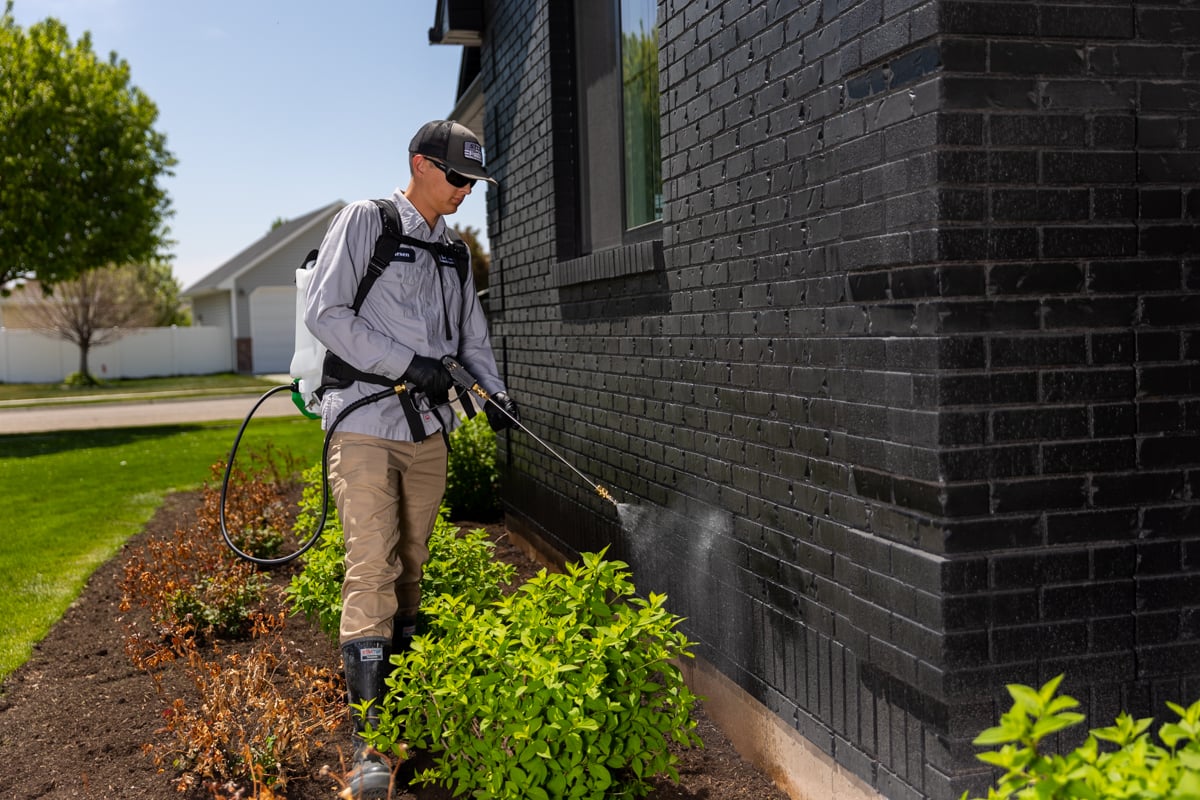Bed Insect Treatment Break Down: Contrasting Chemical Vs. Non-Chemical Solutions
In the realm of parasite control, particularly when managing the persistent problem of bed insects, the selection between chemical and non-chemical treatment options can be a crucial one. Both methods use distinctive advantages and drawbacks, affecting aspects such as effectiveness, safety and security considerations, and total price. By analyzing the nuanced information of each technique, a more clear understanding of which path to pursue in resolving a bed pest infestation can be achieved.
Performance of Chemical Treatments
Chemical treatments for bed pest problems have been widely recognized for their powerful and rapid efficacy in eradicating these parasites. When considering the performance of chemical therapies, it is important to comprehend that they can provide a comprehensive and quick service to a bed insect trouble.
Moreover, chemical treatments have the advantage of offering recurring effects, meaning that they can continue to get rid of bed insects also after the preliminary application. This residual action is especially valuable in combating any type of possible re-infestations. In addition, the fast activity of chemical therapies can bring alleviation to individuals encountering extreme bed insect infestations, permitting them to reclaim control of their living areas quickly.
Safety And Security Worry About Chemical Solutions
One vital element that needs mindful consideration when making use of chemical services for bed bug therapy is making sure the safety of owners and the atmosphere. Direct exposure to specific chemicals used in bed insect therapies can lead to breathing concerns, skin inflammation, or other damaging responses, especially in individuals with pre-existing conditions or sensitivities.
Furthermore, the environmental influence of chemical remedies is one more considerable factor to consider. Some pesticides utilized in bed insect therapies might be hazardous to beneficial pests, wildlife, and environments if they seep right into the dirt or water supply. It is necessary to utilize chemical therapies sensibly, following security guidelines, and considering much less harmful options to alleviate these risks and make sure the effective and secure management of bed insect infestations.
Advantages of Non-Chemical Techniques
Taking into consideration the potential safety and security worries and ecological effect associated with chemical remedies for bed bug treatment, checking out non-chemical approaches offers an appealing option with several unique advantages. Non-chemical treatments are eco pleasant, as they do not add to air or water air pollution, making them a lasting option for parasite control.
Furthermore, non-chemical options can be efficient in targeting bed bugs, including hard-to-reach locations where chemical therapies may not pass through. Approaches such as heat treatment, vacuuming, heavy steam cleansing, and mattress encasements supply thorough eradication without the usage of unsafe chemicals. Additionally, non-chemical techniques can be less turbulent, calling for minimal prep work and permitting quicker reentry into dealt with areas. On the whole, going with non-chemical bed pest therapy methods not just prioritizes safety and environmental management yet additionally makes sure reliable and extensive bug control.
Limitations of Non-Chemical Treatments

In addition, non-chemical treatments typically require several applications to attain successful click now removal. This can be taxing and may not constantly assure complete elimination of all bed bugs and their eggs, specifically in surprise or hard-to-reach locations.
Moreover, the success of non-chemical therapies look these up heavily depends on correct implementation and thoroughness, which can be challenging for individuals without expert knowledge. Poor application of non-chemical techniques might result in insufficient eradication, bring about relentless infestations and the demand for additional therapies.
As a result, while non-chemical treatments have their benefits, it is vital to acknowledge these limitations and consider them when establishing the most efficient strategy for handling bed insect invasions.
Cost Comparison: Chemical Vs. Non-Chemical Options
Given the constraints connected with non-chemical therapies, a crucial element to examine in the context of bed bug management is the cost contrast in between chemical and non-chemical options. In comparison, non-chemical treatments like heat treatment or index vapor can be extra expensive, with costs varying from $1,000 to $6,000 for an entire home. While the initial price of chemical therapies might appear lower, several treatments might be needed to fully eradicate the problem, potentially enhancing the general expense.
Conclusion

Thinking about the potential safety worries and ecological impact connected with chemical remedies for bed pest treatment, checking out non-chemical methods presents a promising option with several unique advantages.Given the constraints connected with non-chemical treatments, an important aspect to examine in the context of bed insect management is the cost contrast in between chemical and non-chemical options. In comparison, non-chemical therapies like warm treatment or steam can be a lot more costly, with costs varying from $1,000 to $6,000 for an entire home. While the preliminary price of chemical treatments may appear reduced, multiple therapies may be required to totally eliminate the invasion, possibly enhancing the overall expense.In final thought, when contrasting chemical and non-chemical bed pest therapy choices, it is vital to think about performance, safety, benefits, constraints, and cost.